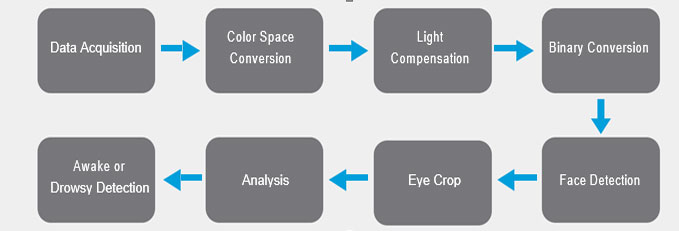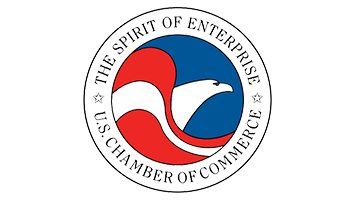DMS
The Driver fatigue often becomes a direct cause of many traffic accidents.
Introduction to DMS
Objective
Active safety systems that significantly reduce the number of accidents are among the top priorities for automotive manufacturers. Over the years, engineers have been trying different techniques to detect a drowsy driver, which is one of the most common causes of road accidents. These techniques included analyzing the steering wheel operation, drivers’ brain waves and heartbeat, and monitoring the driver’s response to the designed queries. Despite all these techniques, reliable detection of driver drowsiness remains elusive.
Tek Labs Driver Drowsiness Detection solution leverages an on-board camera to detect eyelid closure of the driver. The on-board camera continuously captures the driver’s face, and the captured video stream is processed in real-time by a proprietary algorithm to detect the drowsiness condition based on the eyelid pattern. As soon as the system identifies an impending unsafe condition, it generates a warning sign so that the driver can react and take immediate action.
Tek Labs proprietary engine for image processing and drowsiness detection The key steps performed by the engine are as below.

Concept
Image acquisition and processing
- After the image acquisition by the video camera, a lighting compensation is performed based on the average luminescence of the scenario.
- The overall skin of the driver is determined based on the chrominance information of the image. The image is then converted into a binary form and the noise is removed.
Face and eye detection
- Using Tek Lab’s proprietary techniques, the binary image is converted to a labeled matrix and facial components are determined to detect the face. The region of interest is reduced to the eye region of the face as shown in the image, on next page.
Pattern analysis for drowsiness detection
- TEKLabs’s proprietary algorithm analyzes the pattern of the eyes and eyelid closure to detect driver drowsiness as shown in below picture

Solution Highlights
The Tek Lab’s drowsiness detection solution features the following key attributes:
The algorithm can detect driver drowsiness under various conditions such as:
- Drivers with different types of faces, skin colors, eye colors, and facial hair patterns
- Various light conditions in the vehicle and noise due to reflection of light from different objects
- Scenarios such as a tilted head of the driver
- Dynamic detection during driver head movement due to jerks in the vehicle
- High speed video processing and detection
- Efficient customization through model-based architecture
- Scalable and configurable for ease of customization or adding new features such as emotion detection, smile detection, and other dynamic scenarios.
- Can support automatic code generation as per MISRA standard for a wide range of Digital Signal Processors
(DSPs) used in advanced driver assistance systems.
Talk to Us
Find out more about how you can maximize impact through our services and solutions.
No. of resources trained
No. of Placements
No. of Clients
Recognitions







-
24155 Drake Rd Suite 204, Farmington Hills
Michigan - 48335 - info@teklabsinc.com
- (248) 246-1865
-
24155 Drake Rd Suite 200-B, Farmington Hills
Michigan - 48335 - info@teklabsinc.com
- (248) 246-1865

